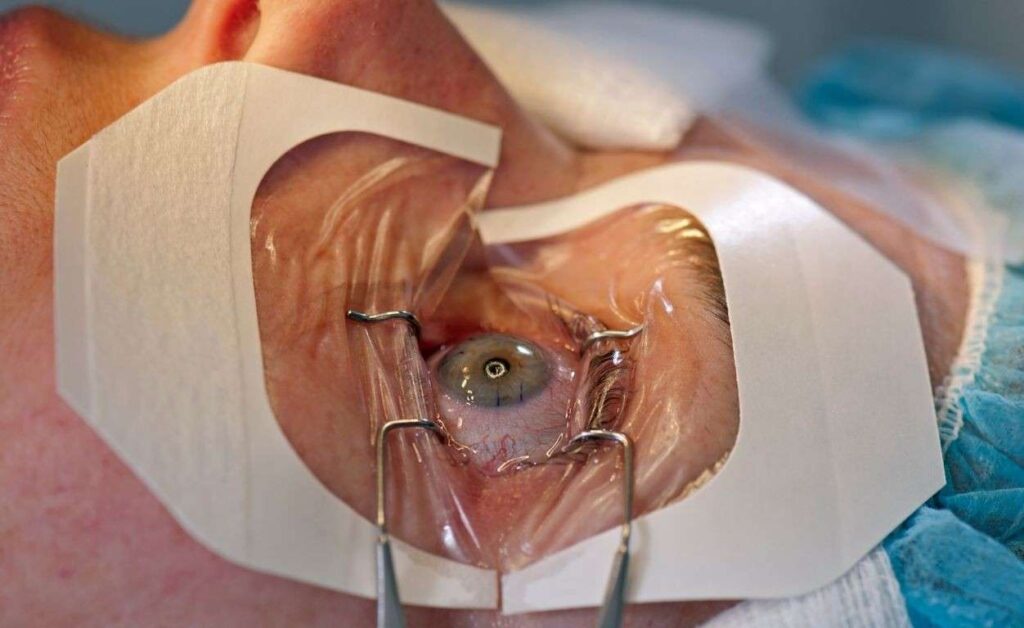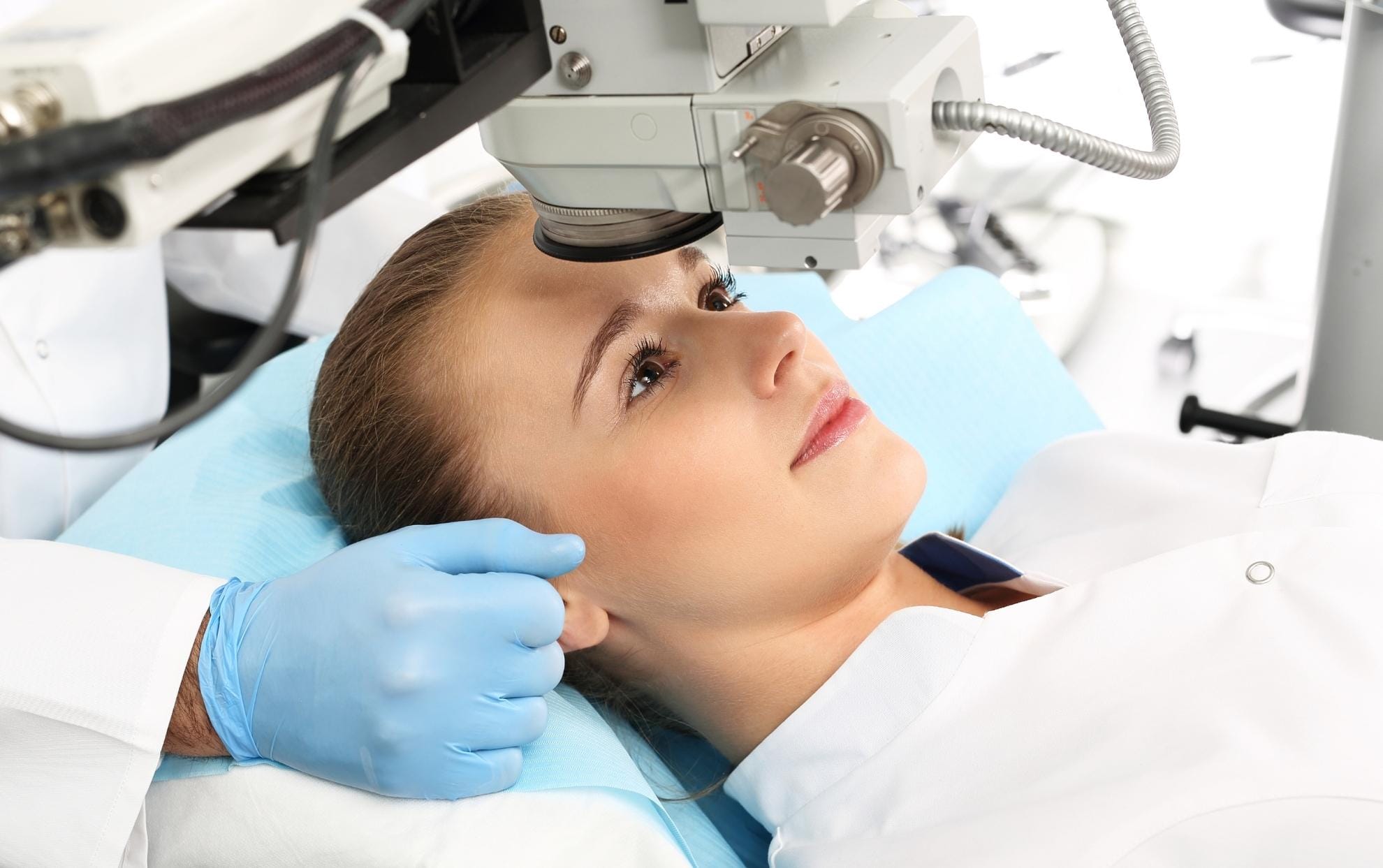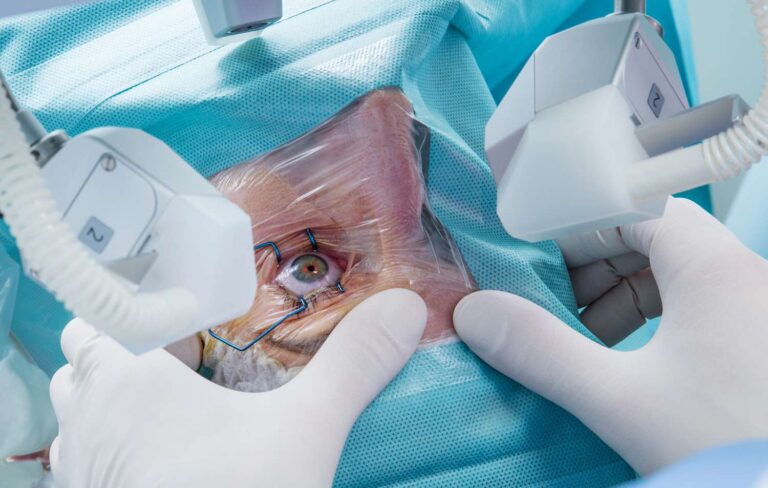Everything You Need to Know About Cataract Surgery: Procedure, Risks, and Recovery
Cataracts are a common eye condition, especially among older adults, and can lead to vision impairment if left untreated. Fortunately, cataract surgery is a well-established, safe, and effective procedure that can restore clarity and improve quality of life. If you’re considering cataract surgery or simply want to learn more about it, this comprehensive guide will cover everything you need to know — from the procedure itself to the risks involved and the recovery process.
What is Cataract Surgery?
Cataract surgery is a medical procedure designed to remove the clouded lens of the eye (caused by a cataract) and replace it with a clear artificial lens. Over time, cataracts can blur or dim vision, making everyday tasks difficult. The surgery is considered highly successful and is typically recommended when cataracts interfere with daily life. Cataract surgery is performed by an ophthalmologist and is usually done on an outpatient basis.
In the second paragraph, we will introduce the keyword “cataracts surgery“ for further insights into how the process works and its broader implications for patients.
The Cataract Surgery Procedure
Understanding the surgery procedure is key to easing concerns and preparing for it.
1. Preoperative Preparation
Before the surgery, the ophthalmologist will conduct a series of eye exams to assess the condition and determine the best approach for cataract removal. These exams also ensure that there are no other underlying eye conditions. The doctor will also discuss any medications you should avoid before surgery. Most cataract surgeries are performed under local anesthesia, which numbs the eye, and you will remain awake during the procedure.
2. The Surgical Process
The surgery typically takes less than an hour. During the procedure, the surgeon makes a small incision in the eye and uses ultrasound waves to break up the clouded lens. The fragments are then removed, and a new artificial intraocular lens (IOL) is placed in the same position. The incision is so small that stitches are usually unnecessary, and the eye heals on its own.
3. Postoperative Steps
Once the surgery is complete, your vision may be blurry for a few days as the eye heals and adjusts to the new lens. You will be given eye drops to prevent infection and reduce inflammation. Follow-up appointments are essential to monitor recovery progress.
Types of Intraocular Lenses (IOLs)
The type of intraocular lens (IOL) used during cataract surgery is critical. There are several options, and choosing the right one depends on your vision needs and lifestyle.
1. Monofocal IOLs
Monofocal lenses are the most common type and provide clear vision at one distance (either near, intermediate, or far). Most patients choose to have them set for distance vision and use glasses for reading.
2. Multifocal IOLs
These lenses are designed to offer clear vision at multiple distances, reducing or eliminating the need for glasses. However, they may come with a higher chance of glare or halos around lights.
3. Toric IOLs
If you have astigmatism, toric lenses may be the best option, as they correct both cataracts and astigmatism, improving overall visual clarity.

Risks of Cataract Surgery
While cataracts surgery is considered very safe, as with any surgery, it carries some risks. However, serious complications are rare.
1. Common Side Effects
- Infection or Inflammation: Mild inflammation is common after surgery, but infections can occur in rare cases.
- Swelling of the Retina (Cystoid Macular Edema): This is another possible complication that can affect vision temporarily.
- Posterior Capsular Opacification (PCO): Sometimes referred to as a “secondary cataract,” this occurs when the back of the lens capsule (which holds the IOL) becomes cloudy. It can be easily corrected with a simple laser procedure.
2. Serious but Rare Complications
- Retinal Detachment: This occurs when the retina pulls away from its normal position. It’s rare but requires immediate medical attention.
- Glaucoma: An increase in intraocular pressure can lead to glaucoma, but this is quite rare.
It’s important to consult with your doctor about the risks and ensure you follow postoperative care instructions closely to minimize complications.
Recovery After Cataract Surgery
Recovery is typically smooth and quick, with most people noticing improved vision within a few days. However, full healing can take up to eight weeks.
1. Immediate Aftercare
After cataracts surgery, you will need to take care of your eye by:
- Using Prescribed Eye Drops: These drops help prevent infection and control inflammation.
- Wearing an Eye Shield: This prevents accidental rubbing or pressure on the eye, especially during sleep.
- Avoiding Strenuous Activities: Heavy lifting and vigorous exercise should be avoided for the first few weeks.
2. Follow-Up Appointments
Attending all scheduled follow-up appointments is crucial for monitoring your healing process. Your doctor will check for any signs of complications and ensure your vision is improving as expected.
Long-Term Outlook
The long-term outlook for patients who undergo cataracts surgery is excellent. Most people regain clear vision and can resume their normal activities within a few weeks. Depending on the type of IOL used, you may still need glasses for reading or driving at night, but overall, the surgery is highly effective.

How to Choose the Right Cataract Surgeon
Choosing a qualified and experienced cataract surgeon can make a significant difference in the success of your surgery.
1. Experience and Credentials
Look for a surgeon who has performed many cataract surgeries and has a solid reputation for successful outcomes. Verify their credentials, board certifications, and affiliations with reputable medical institutions.
2. Technology and Techniques
Advanced technology, such as laser-assisted cataract surgery, can enhance precision and outcomes. Inquire about the equipment and techniques used by the surgeon to ensure you receive the best care.
3. Patient Reviews and Testimonials
Reading patient reviews and testimonials can provide insight into the surgeon’s expertise and bedside manner. Positive feedback from other patients can help ease concerns and build trust.
Final Thoughts
Cataract surgery is a safe and effective solution for restoring vision and improving quality of life. By understanding the procedure, risks, and recovery, you can make informed decisions about your eye health. If you’re considering cataract surgery, consult with a reputable ophthalmologist who can guide you through the process and help you choose the best options for your vision needs.
By following your doctor’s advice and maintaining proper eye care after cataracts surgery, you can enjoy clearer vision and greater independence in your daily life.
Related: Top 5 Laser Eye Surgery Options


